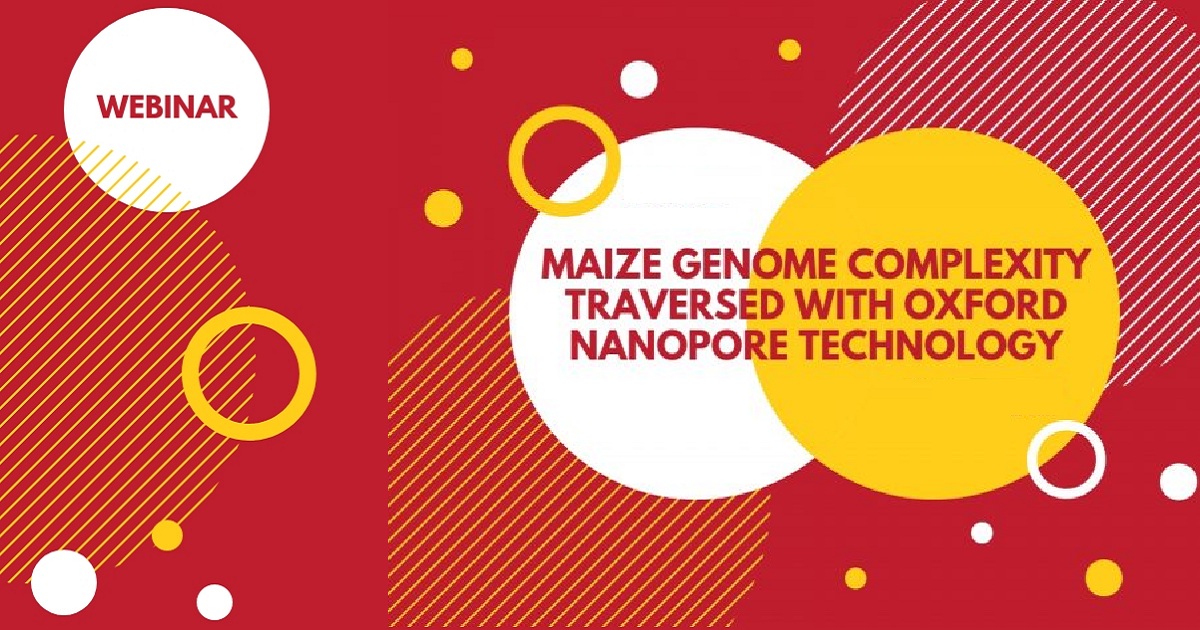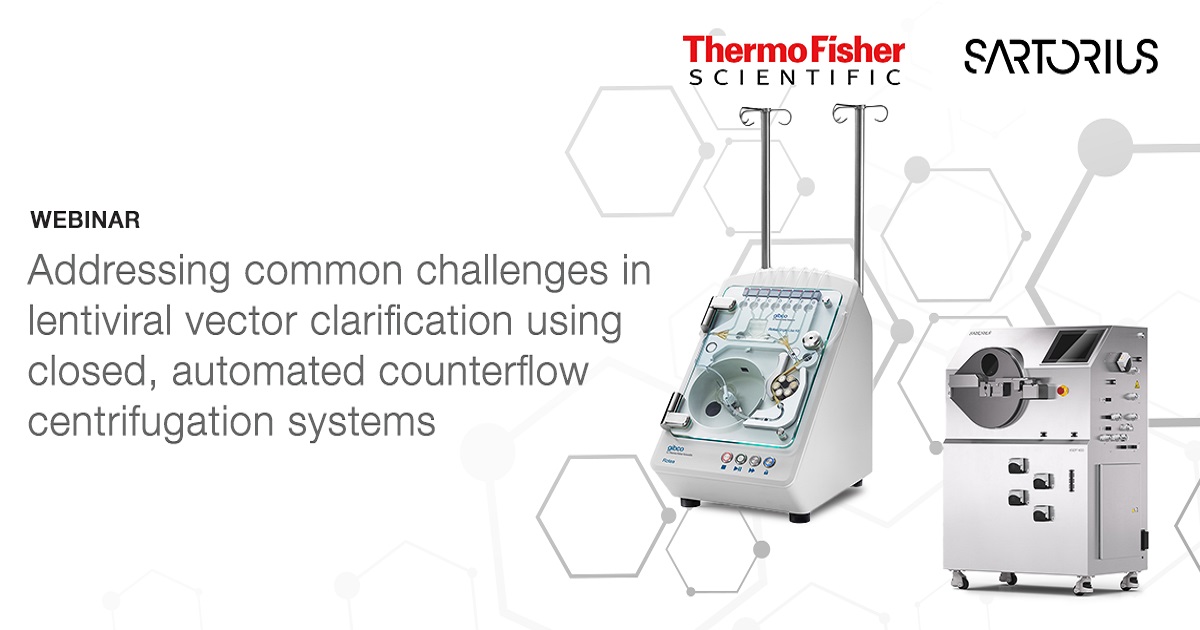
genengnews
Toxicity failures caused by off-target or unintended on-target liabilities are a leading cause of attrition in clinical and preclinical programs. Given the effort, cost, and technical limitations of traditional biopharmaceutical de-risking strategies, there is a need for a robust and scalable approach that can be rapidly applied to the discovery phases of therapeutic programs. Join us for this exciting new GEN Webinar, where our panel of experts will discuss new approaches to de-risking lead selection of antibodies and other biotherapeutics.
Watch Now

ROCHE
Maize is one of the most economically important crops globally and much effort has been spent generating the high quality B73 reference genome. However, the 10 chromosome, 2.3 gigabase (Gb) B73 reference genome was a substantial challenge due to the fact it is comprised of 85% transposable elements, 75% of which are long terminal repeat (LTR) retrotransposons that share high sequence similarity and form nested repeat structures. Ultralong Oxford Nanopore Technology (ONT) holds the promise of traversing the complex repeat structures of maize and enabling rapid sequencing of new breeding lines.
Watch Now

The field of cell and gene therapy is rapidly growing. In particular, the use of lentiviruses in CAR-T applications is becoming of higher importance.
Watch Now

Although mRNA therapeutics have been around in the biopharmaceutical industry for several years, the success of mRNA-based COVID-19 vaccines has fully revealed the potential of this ground-breaking technology. Given the pressure of delivering during a pandemic, vaccine manufacturers have been focused primarily on safety and efficacy, less so how to optimize production and purification processes for future mRNA therapeutics. In fact, the rapid increase in demand for mRNA therapeutics has revealed the inherent challenge of the platform—that the production of mRNA is facing a series of bottlenecks.
Watch Now